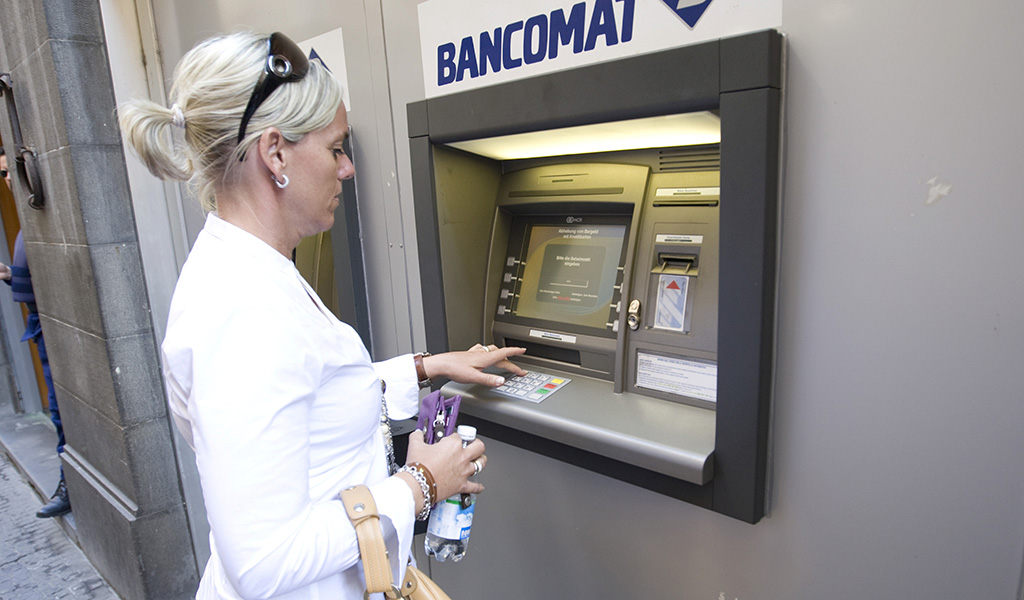(Version in Español)
Government ownership of banks is still common around the world, despite the large number of privatizations that took place over the past four decades as governments reduced their role in the economy. On average, state-owned banks hold 21 percent of the assets of the banking system worldwide. In Latin American and Caribbean countries, the public banks’ share is about 15 percent, with some of them showing very large shares, for instance, Argentina, Brazil, Uruguay, and Costa Rica are all over 40 percent (see Figure 1).
State-owned banks play an important role in the financial system. They fulfill functions that are not performed by private banks, provide financing for projects that benefit the rest of the economy, and provide countercyclical lending (lending more when the economy is weak). But public banks usually respond to the needs of governments owing to the state’s obvious involvement in their administration. As a result, government’s participation in the banking system may weaken fiscal discipline by allowing the public sector to access financing that they would not obtain from other sources.
In our recent study, we use a panel dataset for 123 countries to test whether a larger presence of state-owned banks in the banking system is associated with more credit to the public sector, larger fiscal deficits, higher public debt ratios, and the crowding out of credit to the private sector.
Figure 1. Government Ownership of the Banking System 1/
(Averages 2008-10)
Impact on fiscal performance
Descriptive evidence reveals that the higher the government’s participation in the banking system, the larger the credit provided to the public sector (see table). With a softened financing constraint, public sector entities can access financing that probably would not be available if the government was not the owner of the lender or that could be obtained only at a higher cost. As a result, countries where state-owned banks have a larger presence may see relatively more credit going to the public sector, as well as larger fiscal imbalances and higher levels of public debt. Also, less financing to the private sector could be observed, implying some degree of crowding out in financing resources.
Our analysis confirms that fiscal discipline is weaker in countries where the government has an important participation in the banking system. In particular, a one percentage point increase in the share of assets of the banking system that is owned by the government is associated with an increase in credit to the public sector as a percent of total assets ranging between 0.4 and 0.5 percentage points.
This relationship is also shown in Figure 2. More specifically, the chart shows the majority of the Latin American and Caribbean economies to the right of the 45 degrees line. This suggests that the public sectors of these economies are obtaining even more credit than what the average results imply.
Figure 2. Banking System Credit to the Public Sector 1/
(In percent of total assets)
Our results also suggest that each additional percentage point in the share of the banking system’s assets owned by the government is associated with public debt being higher by 0.2–0.3 percent of GDP, and a larger overall deficit of the public sector by 0.15 percent of GDP.
There is also evidence of crowding out of financing to the private sector. An increase in the share of assets of banks owned by the government of one percentage point is associated with a decrease in the share of credit to the private sector (relative to the share devoted to the public sector) of slightly more than 0.5 of a percentage point.
Close monitoring of lending practices essential
Policymakers aiming to attain fiscal consolidation should seek to improve the governance environment in which public sector entities and state-owned banks operate. From a policymaking perspective, these results suggest putting in place objective conditions that promote fiscal discipline. Beyond looking at revenue and expenditure aspects, financing sources need to be carefully assessed, especially if they become captive sources for public entities. Thus, close monitoring and control of the lending practices of commercial banks owned by the government is critical to maintain fiscal discipline.






